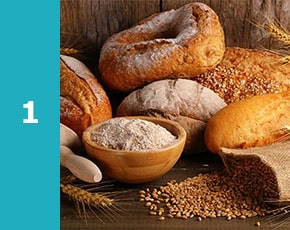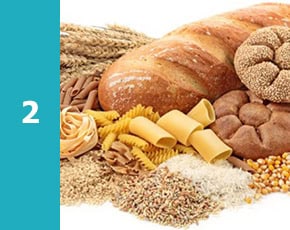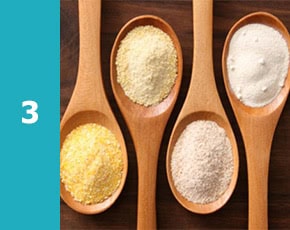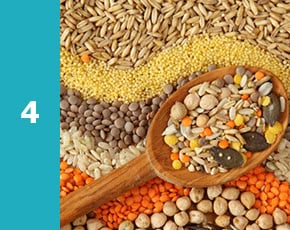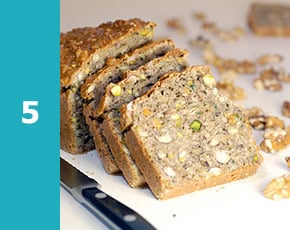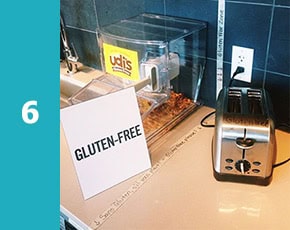Year-end Health Screening Packages
HPV Gardasil 9 Vaccination Package
Repetitive Transcranial Magnetic Stimulation (rTMS) Package
Dengue Vaccination Package
Low Dose CT Scan for Lung Screening Package
Influenza Vaccine Promotion
Health Screening Package (Special Promo)
Comprehensive Health Screening Package (Specialist)
Women Comprehensive Screening
Pre-Employment Screening Package
Glaucoma Assessment Package
Basic Health Screening Package
Dengue Vaccination Package
Hepatitis B Vaccination Package
Health Screening Packages
Basic Dietary Consultation Package
Love Your Heart Screening Packages
Pre-Marital Health Screening Package
Neck & Backpain Treatment Package (Physiotherapist)
Flu Vaccination Family Package
Prostate Cancer Screening Package
Premier Screening Package
Executive Screening Package
Pterygium Surgery Package
Liver Care Screening Package
Cataract Solution Package
Cardiac Screening Package
Endoscopy Screening Package
Child Vaccination Package
Physiotherapy Stroke Package
Basic Physiotherapy Package
Influenza Vaccine Package
Influenza & Dengue Vaccine
Prostate Cancer Screening
Knee Pain Relief Treatment
Endoscopy Screening Package
CT Coronary Angiogram Package
Breast Clinical Examination
Basic Dietary Consultation Package
Basic Health Screening (Medical Officer)
General Health Screening (Medical Officer)
Premier Health Screening (Medical Officer)
Essential Health Screening (Medical Officer)
General Health Screening (Specialist)
Wellness Health Screening (Specialist)
Silver Health Screening (Specialist)
Gold Health Screening (Specialist)
World Heart Day Screening Package
Merdeka Health Screening Promotion
Mother’s Day Screening Packages
Care For Your Heart Screening Package
Prostate Screening Package
Ear, Nose & Throat Screening Package
Pre-University Screening Package
Umrah & Hajj Vaccination Package
Sports Rehab Laser Package
Colorectal Cancer Screening Package
Health Screening Packages
Wellwoman Screening Package
Wellman Premier Screening Package
Cardiac Screening Package
Pre-Employment Screening Package
Golden Age Health Screening Package
World Heart Day 2024 Promotion
Dengue Vaccination Package
Welcome to College Package
Diet Consultation Package
Wellness Package – C-Cardiac Plus Female
Wellness Package – C-Cardiac Plus Male
Wellness Package – C-Cancer Female
Wellness Package – Essential
Wellness Package – C-Cancer Male
Thyroid Screening Package
Physiotherapy Package – Frozen Shoulder
Cardiac Screening Package
Cosmetic Gynecology Package
Hepatitis B Vaccination Package
Wellman Premier Screening (by Physician)
Wellwoman Premier Screening (by Physician)
Wellwoman Executive Screening (by Physician & Gynecologist)
Wellwoman Basic Screening (by Gynecologist)
Executive Screening (by Physician)
Standard Screening (by Physician)
Post Covid-19 Screening Package
Dengue Vaccination Package
Cardiac Screening Package
Comprehensive Screening (Specialist)
Pre-Employment Screening Package
Pre-Marital Screening Package
Post Covid-19 Screening Package
Dengue Vaccine Promotion
Pre-Employment Screening Packages
Premier Female Screening Package
Premier Male Screening Package
Yellow Fever Vaccination Promotion
Executive Health Screening Package
Preferred Health Screening Package
Essential Health Screening Package
Occupational Health Screening / Medical Surveillance
Post Covid-19 Screening Package
Antenatal Check Up Package
Comprehensive Maternal Fetal Medicine Package
Post-Covid Step Down Care


